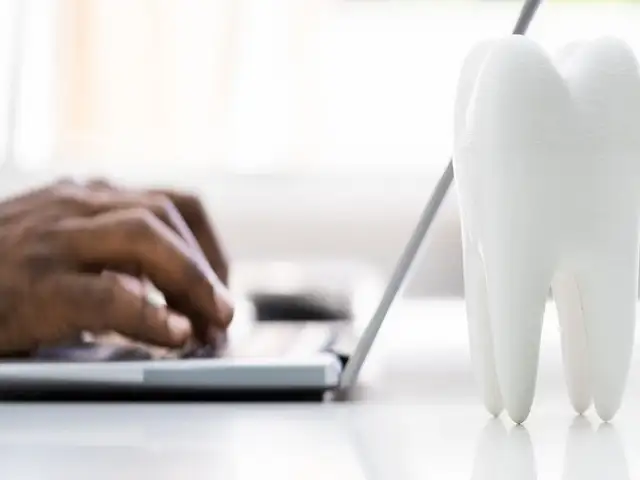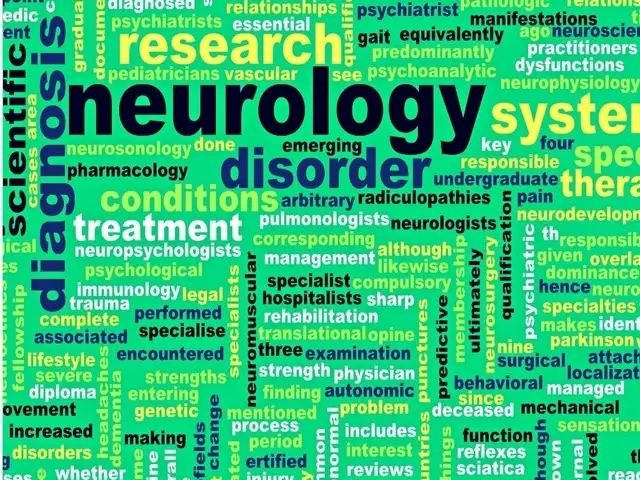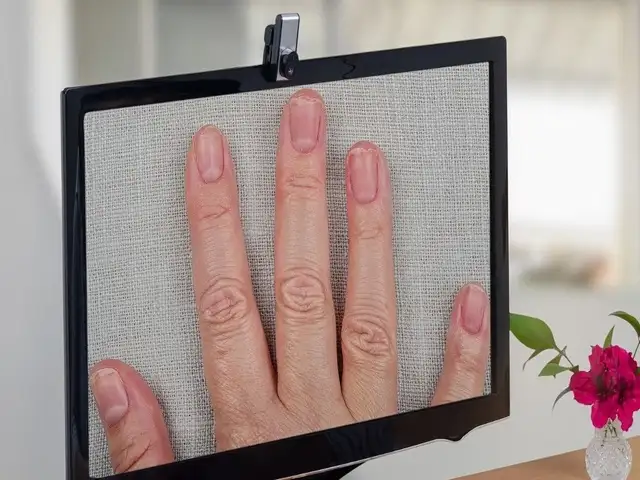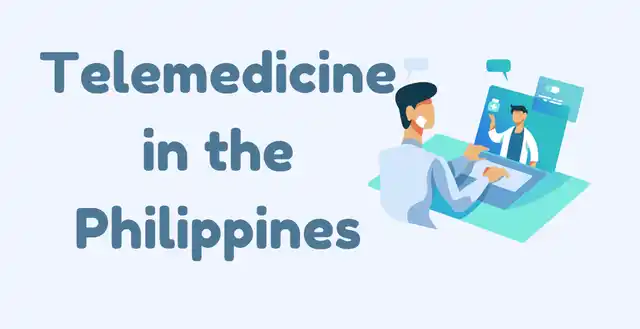Dental telemedicine uses technology to provide remote care to people who cannot access traditional healthcare services.
Dental telemedicine is a growing trend that has been on the rise in recent years. It allows patients with chronic diseases and other health concerns, such as diabetes, heart disease, and depression, to get quality care from physicians without traveling long distances or waiting for appointments.
Telemedicine is a word for telecommunications and information technology in healthcare settings. Telemedicine can be used for diagnosis, treatment planning, and patient education. Telemedicine includes technologies like videoconferencing, telehealth apps (apps that allow patients to connect with doctors via video chat), and e-prescribing (the electronic transfer of prescriptions)

What are the benefits of using dental telemedicine?
Dental telemedicine uses new technologies to connect providers and patients remotely. The different types of technology in this field include video conferencing, virtual consults, e-dental x-rays, and more. Patients can now schedule an appointment online, their wait time is only ~1 hour, and they receive care almost instantly.
They do not have to spend more time waiting in the clinic, which means there is less of a chance for them to miss work or bothersome distractions. The benefits of using dental telemedicine are:
1) Consult on demand (no need to schedule an appointment)
2) Fewer trips to the clinic (remote diagnosis)
3) More convenient appointments (visit at work or home)
4) Reduce wait times for patients (no need to schedule appointments, call and make an appointment)
What is the concept of dental telemedicine?
Telemedicine is often used in healthcare, where patients can communicate with doctors and be examined remotely. It is a common use of telecommunications technology in today’s world.
Physicians began experimenting with new uses of telemedicine to avoid patients who were in poor health and unable to make the office. Dentists eventually realized they could fill this role.
Telemedicine has also been used for other medical services such as mental health, occupational therapy, physical therapy and dentistry.
What is the history of dental telemedicine?
Dentists are the most qualified healthcare providers to diagnose and treat dental problems. However, many people cannot afford to visit a dentist or live in an area without a dentist.
Dental telemedicine started in the 1980s when dentists from the University of Washington began working with their patients remotely. Telemedicine has been around for decades and gaining traction in the USA, with some other countries starting to use it in recent years. It took Washington state’s leap in 1997 to signal this trend.
Telemedicine has been available for patients who live in places that may be too far away to visit their dentist, have limited access to care or have difficulty finding time for this type of appointment. It also applies specifically to those living in rural areas & low-income families as it helps them access the care they need without breaking the bank or clogging up their schedule.
What is the role of new technology in the future of general dentistry?
New technology has been a key player in dentistry, and it has helped improve the quality of oral health and oral care procedures.
The role of new technology in general dentistry will continue to grow in the future. There are already predictions that AI-assisted dentists will be commonplace by 2020.
New technology is already seen as a key player in general dentistry, and it is only going to get bigger as time goes on.
Health and wellness benefits could be achieved with dental telemedicine.
Telemedicine could also provide mental health benefits by providing better access to mental health professionals in remote locations or virtual meetings with therapists.
How is dental telemedicine being used currently?
Dental telemedicine is being used in a variety of ways currently. Some of the ways that it is being used are:
- To provide remote consultations to patients who cannot come to the clinic in person and instead rely on video conferencing.
- To provide x-rays, scans, and other diagnostic images.
- To provide education for patients who might not attend traditional dental clinics due to financial constraints or geographic location.
- To reduce costs by eliminating the need for office visits that would otherwise be necessary.
How will future trends affect dental care in the United States?
Dental care has changed drastically over the past few decades. With the increasing use of technology, new trends in dental care will change the way we do things. These trends include 3D printing, digital dentistry, and digital x-rays.
The future of dental care is exciting, and it will be interesting to see how it changes over time with the advent of new technologies.
Is dental telemedicine effective and helpful?
Telemedicine is a method of communicating with medical professionals for your medical care. By using video conferencing and other technologies, patients can talk to their doctors and be seen during the doctor’s visit.
Dental telemedicine is not new, but it has never been used so broadly in the United States as it is now. It has been around since the 1980s, but only recently has its use become widespread.
Telemedicine offers many benefits for patients who cannot make it to their dentist appointments due to work or other commitments. It allows patients to get quick answers to their questions about dental health, schedule an appointment when they need one, and access routine appointments when they cannot go in person.
How has technology contributed to the growth of dental care?
Dentistry is a growing industry, and technology has played a big role in the growth of this industry.
Technology has helped dentists improve their skillset and make them more efficient. Dentists can now use digital tools to help them perform procedures like root canals, extractions, and crowns. The tools also help dentists manage patients’ dental health better than before by giving them data about their teeth.
How Dental Telemedicine is Redefining Health Care for Patients and Providers
At-home care is becoming prevalent as more people find themselves unable to leave the house. It provides a higher quality of care and allows patients to be active participants in their healthcare.
Dental telehealth can be used in a variety of ways, including:
- Providing care for patients who are physically unable or unwilling to make it to a doctor’s office
- Dentists provide care for patients who need it but do not have access to a dentist regularly. They usually provide this treatment through partnerships with health centers and other providers.
- By decreasing the number of visits you make and your visits to the dentist, you will save money on dental care.
How Dental Telemedicine is Changing Lives and Making a Difference in the Industry
Telemedicine is a term specific to all medical care (i.e., “tele” means distance and “medicine” means treatment). Dental telemedicine is a new digital medical technology that allows for healthcare services for remote areas that may not be able to travel easily. It is transforming the dental industry by making dentists’ jobs.
Remote dental care is becoming more commonplace and has even delivered the industry a quality it never had before. It is also executed in places where it was not available previously and impacted people’s lives for the better.
Dentists use digital tools to improve patient care, reduce costs and be more efficient. The use of all the tools they can now use to their advantage allows dentists to have a much better experience with their patients.
Digital technology is used more and more throughout dentistry. There are positive effects of saving time, improving efficiency, and increasing benefits to patients. It saves the dentist’s insurance claims, helps generate more revenue.


